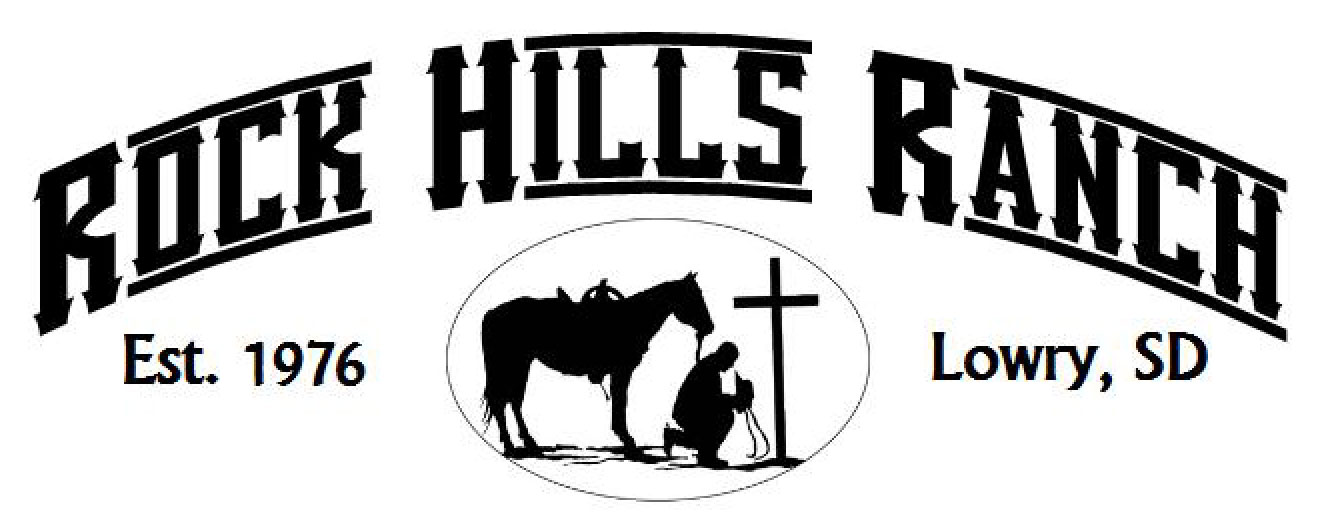I'll be up-front, there is nothing really very important in this blog post. Just a smattering of thoughts on a Monday night.
Kelly, our intern, finished up here about three weeks ago. She was a good hand – willing and capable to try something new, self-motivated to get done what needed to be done, and asked questions when she needed to. She's going places, people. Especially if the rest of her generation is stuck watching the VMA's and using their student loan funds to buy the iPhone 5S. I'd wish her good luck, but she makes her own luck. Thanks for the help, Kelly.
It has been a dry summer. We had below-normal temps so it sort of muted the effect of the lack of rain. When it finally heated up in late August, it took about 12 hours for the crops to start showing stress. We have had about 1.5" of rain the past two days, which was very welcome. It would have been even more welcome about two weeks ago, but the row crops (corn and soybeans) should still do OK. The wheat crop was excellent. I had one field of spring wheat that yielded 75 bushels per acre. I can take no credit, for it was God and the Hubers that did the work.
I'm on Twitter now. More into "following" than being "followed" though. I did it to get more up-to-the-minute information on the commodity markets. I follow several market analysts, news outlets, and fellow farmers and ranchers. I actually like it quite a bit better than Facebook…it feels more business-like. Facebook seems to lean more towards the "social" in social network, demonstrated by the absolute dominance of stay-at-home-moms who participate in it. I don't want to take anything away from that aspect…the right tool for the right job, that's all. Twitter appears to be more flexible regarding what sort of information your feed contains. If you want to see who I follow (I don't really tweet anything, so don't follow me for that) my handle is @rockhillsranch. Our website is still the best place to stay up-to-date on ranch happenings.
We gave the fall vaccinations to the calves last week. It went very smoothly. The calves are doing great – healthy and gaining weight. I'm more excited about this calf crop than in past years, because I am getting to see the results of some specific breeding choices I made last year. Some calves were sired by more maternal sires, and others by more terminal sires. The maternal ones will be sorted and some kept for breeding stock; the terminal cattle will all be destined for the food chain. We're planning to own some of each all the way to slaughter in order to compare and contrast these breeding decisions. Genetic progress through selection is excruciatingly slow. It takes years to truly evaluate genetic direction, particularly in the maternal realm. And that is where I am most interested in making improvements.
The pheasant population is down this year. I'm not a game biologist but I would guess the late spring didn't help much. Statewide, I think the counts are down something like 64%. The past ten years have been excellent, so I guess it was time for a correction (for all you technical market analyst types, I'm hoping this level of support holds. This market is way oversold. Looking for a restest of the previous high next year.) So it will be a little bit tougher to fill limits come October. I also had my ego crippled by the utter chaos that is the food plots. I tried something new and the weeds won. Pheasants like weeds, thankfully. It just isn't the crop I was hoping to raise. I have seen a lot of songbirds enjoying the sunflowers that were part of the mix, so that's a good sign I guess.
I'm always trying to think of interesting things to write about here. If you have any questions about how or what we do on the ranch, I'd be happy to answer them in a post. Or maybe you'd like our "official company policy" (aka my opinion) on some hot environmental, animal welfare, property rights, land use, or food saftey topic. Drop me an email at rockhillsranch@gmail.com and I'll come up with something.
